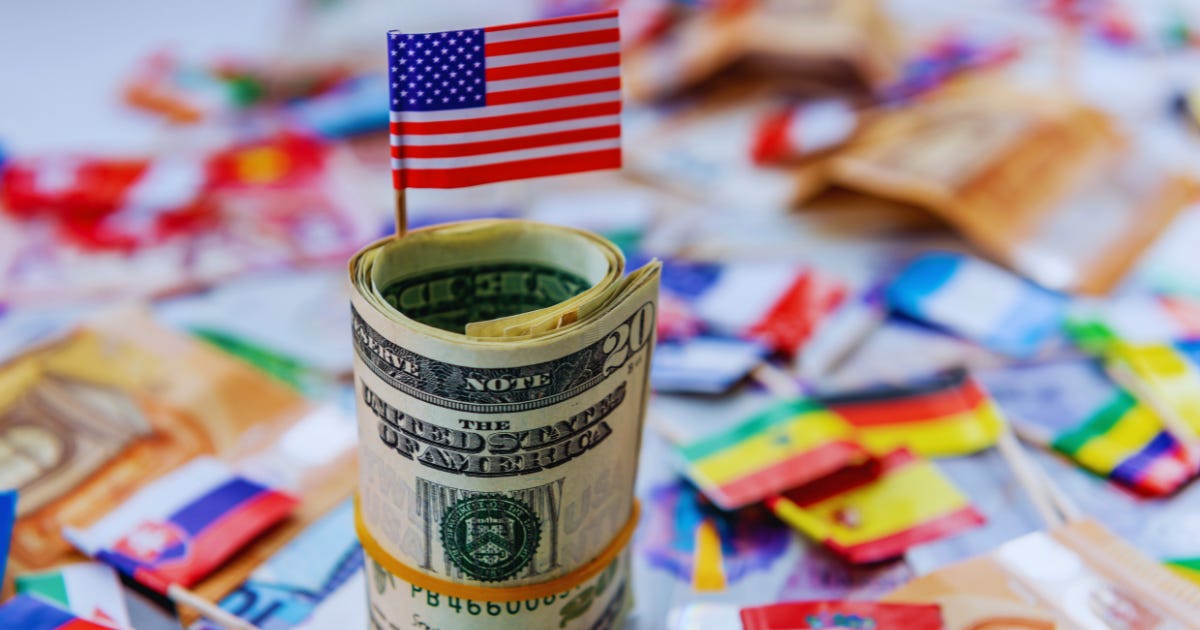The Quiet Strength of the Dollar
Markets are currently tangled in a peculiar debate. They wonder if the dollar's recent tumble is temporary. A passing phase, something cyclical—or if we're witnessing the early signs of something more profound.
Could the dollar, they ask hesitantly, actually lose its status as the world's reserve currency given the recent Moody’s downgrade?
The dollar has always seemed immune to doubt. It is the unquestioned default, the quiet foundation upon which global finance stands. But now there’s chatter that perhaps it isn't as sturdy as we imagined.
This anxiety isn't entirely new, but recent uncertainty has intensified because the dollar behaved oddly. The tariffs imposed by the Trump administration should have strengthened it, theoretically. They were supposed to squeeze other economies harder, making the Dollar relatively more attractive. Yet here we are, watching it fall instead.
But markets aren't simple beasts. They react to countless forces at once. Interest rates, for instance, have lately swung against the dollar.
Investors sense slower growth ahead in the U.S. than in other economies, nudging the currency downward. This is the short-term story, entirely separate from the Dollar's deeper role as a reserve currency. And yet these two narratives have become intertwined, causing confusion.
It’s easy to get caught up in the immediacy of headlines and rapid market movements. But beneath the chaos of daily trades, deeper patterns endure.
The International Monetary Fund tracks how official foreign exchange reserves are allocated globally. Its latest figures, although they precede recent upheavals, are revealing.
The dollar holds firm at around 58%, its dominance stable and largely untouched by nearly thirty years of existence from its closest rival, the Euro, lingering stubbornly at 20%.
Reserve managers, the quiet custodians of national savings, move at glacial speeds. They think in decades, not months. The dollar, to them, isn’t just another currency—it’s a system. One that can’t simply be swapped out because of temporary turbulence. Changing reserve currency status isn't a shift; it’s a tectonic realignment.
Then there’s the persistent whisper: China might retaliate against U.S. tariffs by unloading its holdings of U.S. Treasuries. This is a captivating idea, dramatic even, but utterly impractical.
If Beijing made any serious move to sell, markets would anticipate it instantly, driving yields sky-high and inflicting massive losses on China itself. The reality is that China, like Japan and others, is tethered to the dollar, bound by a financial gravity that it helped create but cannot escape.
This moment is about fear of declining growth, policy uncertainty, and the human instinct to conflate short-term signals with profound existential shifts.
The dollar’s drop tells us about right now, about the hesitations and worries of the present. It speaks less to the enduring foundations that underpin our global financial order. Those remain far less easily shaken than the anxious chatter suggests.
Even now, in a moment marked by doubt, patience is its kind of strength.






